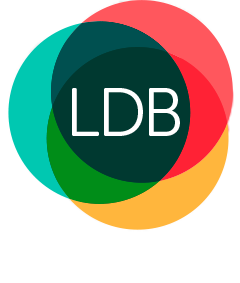What is GST? Your guide to goods and services tax
April 17, 2023

Business owners know that there are multiple taxes required to be paid to the Australian Taxation Office (ATO), and that it’s important to be across all of them.
GST is a single tax on the supply of goods and services and applies to most businesses with a turnover of more than $75,000, but it’s also a tax that is applied in very specific circumstances and is unique in its reporting and payment requirements.
Here’s how you’ll know if you are required to pay GST and how it all works.
What is GST?
The goods and services tax (GST) is a tax that is placed on most goods, services and other items sold or consumed in Australia.
Businesses that meet certain thresholds are required to collect GST and pay it to the ATO.
How much is GST?
GST is currently 10 per cent of the sale price, although the government has the discretion to raise or lower it at any time.
How does GST work?
Businesses collect the goods and services tax when products or services are sold, and customers generally see it as part of the sale price.
Businesses send GST to the ATO as part of an annual GST return or by lodging a business activity statement (BAS).
Once you’ve registered for GST, the ATO will send you a BAS about two weeks before the end of your reporting period. How frequently you need to pay will depend on how much your business makes.
If your annual turnover is more than $20 million, you’ll need to report and pay every month. If your business generates less than $20 million per year you can do it quarterly.
Businesses can pay their GST through the ATO’s online portal, by phone, electronic transfer or in person at Australia Post.
Businesses can make voluntary early payments to make sure they’re not caught short.
Taxable sales and GST-free sales
Most goods and services sold by a business are required to include GST and they are called ‘taxable sales’.
Some goods and services are exempt from GST and these are called ‘GST-free sales’. GST-free items include most basic food, some medical, health and care services, some childcare, and some charitable activities.
Do I need to register my business for GST?
Businesses are only required to register for GST when they reach the turnover threshold of $75,000 per year. However, some exceptions apply.
You’ll need to register for GST if you intend to claim for fuel tax credits or if you provide a limousine or taxi travel, such as a ridesharing service like Uber. In these cases, GST applies regardless of turnover.
If you think your business is close to reaching the GST threshold, it’s worth checking your monthly turnover, because once you go over, you only have 21 days to register.
How do I register for GST?
First, you’ll need an Australian Business Number (ABN). You can apply for an ABN at the same time you register your business name, or later if you prefer.
Once you have your ABN, you can register for GST online via the ATO business portal, by phone or via a registered tax agent.
GST and tax invoices
When you make a taxable sale of more than $82.50 (including GST), you’ll need to provide your customers with a tax invoice.
Tax invoices must include information that the document is a tax invoice, the business name and ABN, a description of the product and the date the sale was made.
Tax invoices also need to specify the amount of GST payable and the extent to which each sale on the invoice is a taxable sale.
Speak to the tax experts
LDB Group can offer tax guidance and advice across all aspects of operating a business, and can help you prepare your BAS and stay on top of taxation obligations.
To find out how we can help you, call (03) 9875 2900 or send us information via the contact form below to find out more.
